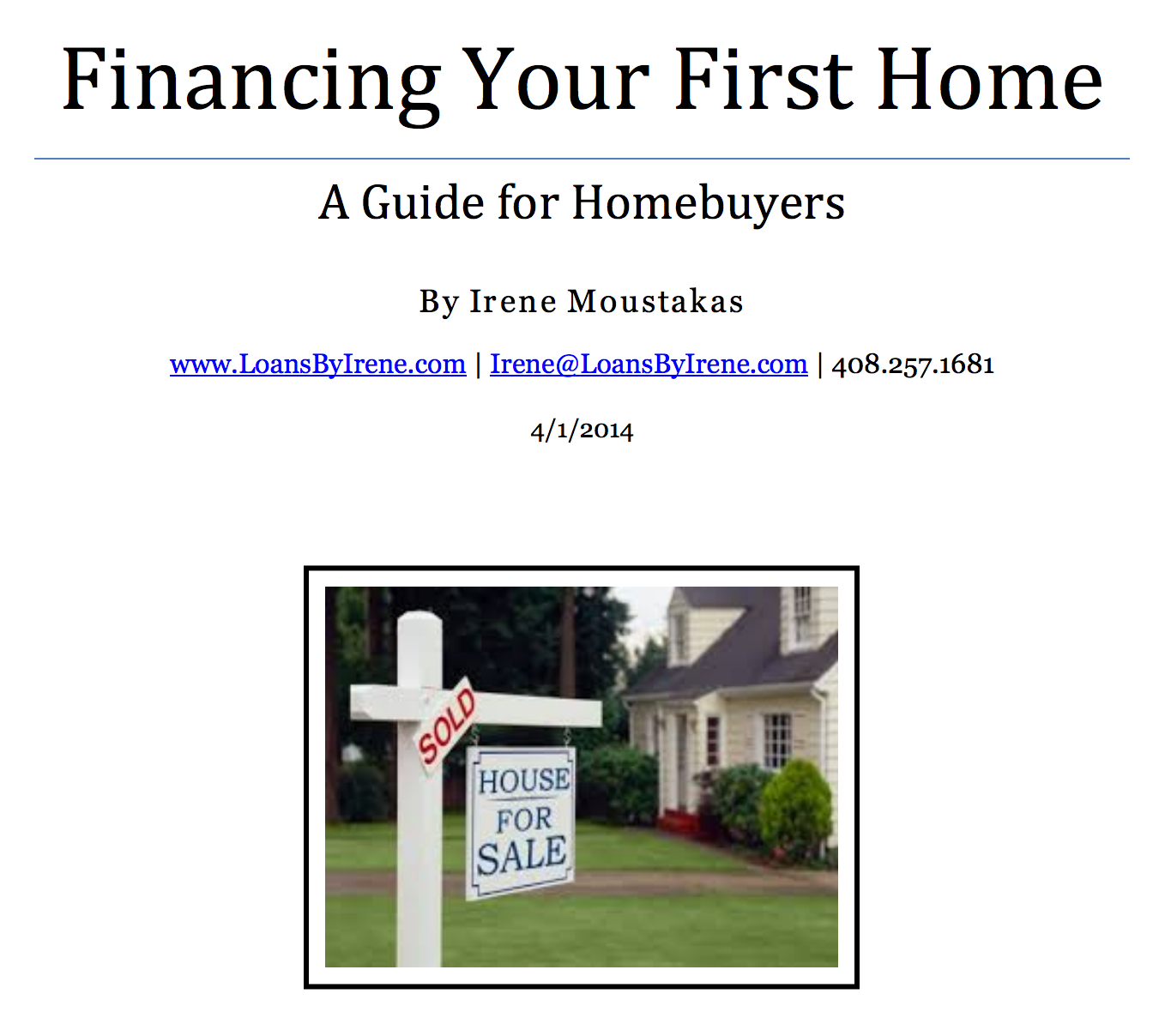Many homeowners have reached out to me the past few months asking how best to to tap into their home’s equity and get a cash out loan. The reasons are multiple, but they are usually for one of the following reasons:
- home improvement projects
- pay off debt
- to use the funds as down payment on a rental property or vacation home purchase
When you want to tap into your home’s equity, you essentially have two options:
- Do a cash-out refinance, where you pay off your existing 1st mortgage and get the cash from the new loan
- Keep your existing 1st and get an equityline
Here are the advantages and disadvantages of both –
Getting cash out via refinancing your 1st mortgage
- Advantage is that you will have a fixed, secure payment. Your rate and payment will not adjust in the coming months and years.
- Disadvantage is that you will (most likely) be losing your current lower rate. This does assume you purchased or refinanced during lower-rate markets.
Getting cash out via an equityline
- Advantage is that you keep your existing (lower) rate on your 1st mortgage. You can request any equityline amount you want, and like a credit card, your payment is based on the balance that you have drawn. For example, you can request a $200k equityline, but if you only draw $50k on it, then your payment is based on the $50k. As you pay the equityline down, your payment adjusts based on the new balance.
- Disadvantage is that the rate is adjustable based on Prime, and we are in a rising rate market right now. In addition, the minimum payment due is interest-only. This can be both a good and bad thing, but definitely bad if you only make those minimum payments. Prime is currently 5.25%, but more rate hikes are anticipated.
The best way to think through your options is to look at the numbers. I will assume the following as an example:
Susie currently has a 30 Year Fixed rate at 3.75% with a loan balance remaining of $380,000. She is seeking cash out of $200k to expand on her home. Her current mortgage payment is $2084.02.
For the cash-out refinance option, the new loan amount would be $580,000. The current 30 Year Fixed cash-out refi for her scenario is 4.875% with no points (APR 4.92%).
The new mortgage payment will be $3069.41, an increase of $985/month.
Now, to review the equityline:
A good rate/margin is Prime + 0%. Prime is currently 5.25%, so for the time being, let’s say she will be paying the equityline back at 5.25%, although do note this can (and will) increase.
She would draw on the $200k equityline, so the interest-only payment at 5.25% will be $875.
Monthly cash-flow wise, Susie would be saving $110 in electing the equityline, BUT it is very important you know that this is an interest-only payment AND that Prime is scheduled to increase. As Prime increases, that payment savings dwindles.
At this payment difference, I would recommend the cash-out refinance; however, there are sometimes instances where the payment difference is much more significant and drastic, so the decision is harder to make. I can help talk that through for your personal scenario, so if you are looking for cash out on your home, reach out to me and I can help analyze the numbers and cost/benefit for each option.


